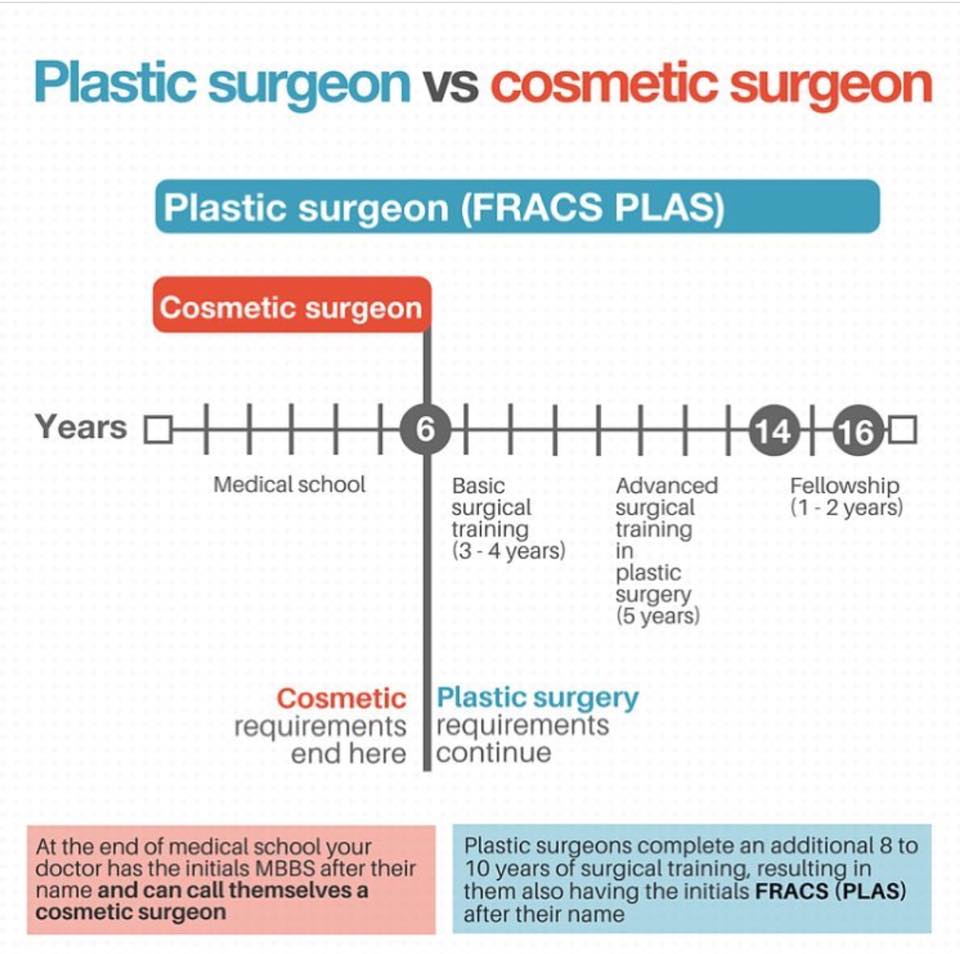Acne breakouts in the cheek location are set off by several things, from touching your face regularly to not transforming your pillow case typically sufficient. Picking at acnes enhances your threat of infection and scarring, and specific drugs can get worse dark areas (postinflammatory hyperpigmentation).
Fortunately, there are many ways to prevent and treat cheek acne. These include:
1. Hormonal Changes
Acne is largely caused by hormones, especially those produced throughout the age of puberty and maternity. For some, a family history of acne might additionally add to their problem. Anything that blocks pores, such as oil-based skin care products or waxy hair products, can trigger acne. Various topical therapies, like benzoyl peroxide and salicylic acid, can deal with microorganisms and unclog pores. Those with serious or chronic acne ought to seek treatment from their doctor.
Stay clear of touching or pressing your acne, as this can press a few of the germs deeper into the skin, leading to an extra extreme outbreak. It is likewise essential to change pillowcases regularly and use tidy make-up brushes. You ought to also attempt to stay clear of toxic irritants such as friction from wearing a helmet or limited collar.
2. Diet regimen
The greasy, sugary foods that many people assume trigger acne might really not do so. In fact, researches have actually shown that eating a diet regimen abundant in whole, nutrient-dense foods helps to stop outbreaks.
Foods high in the glycemic index (such as white bread, corn flakes, puffed rice and potatoes, doughnuts and other breads) increase blood sugar degrees promptly, and this can boost hormones that boost oil manufacturing and cause acne.
Drinking cow's milk has actually additionally been linked to increased acne outbreaks. If you are a routine cow's milk drinker, you could wish to try changing to low-fat or nondairy options that are fortified with calcium. In addition, consuming alcohol more water can help to lower acne since it helps to maintain the skin hydrated.
3. Excess Oil
While oil is vital for healthy skin, it can come to be an issue when too much sebum blends with dead skin cells and obstructs pores. This combination can develop blackheads, whiteheads and pimples. The clogged pore wall surface can break down and spill bacteria, dead skin cells and sebum right into surrounding skin. This results in a red bump called a pimple. Occasionally these red bumps have pus in the center from a bacterial infection. Bigger infected bumps that appear like acne are called cysts.
There are numerous points that can trigger excess sebum and clogged pores, consisting of hormone variations, diet plan and daily routines. Some examples consist of touching the face often, relaxing your hand on your cheek, utilizing unclean make-up brushes and not changing pillow cases routinely.
4. Stress and anxiety
If you're handling pain pimples or a variety of blackheads and whiteheads, it might be time to talk to a skin specialist. They can recommend an efficient treatment that fits your skin type. Exercising relaxation and stress-reduction methods also assists.
Acne can occur in the cheeks because of rubbing and pressure, such as when an individual lip lift near me touches their face frequently or puts on a hat or sports helmet that massages against the skin. It can likewise show up where greasy cosmetics and creams rub versus the skin.
Avoid pressing acne, as this can press infected product deeper into the skin and cause scarring. Rather, see a physician to learn more about preventative treatments like medicine, skin treatment products and way of living changes. Consuming a healthy and balanced diet plan of entire foods, getting seven to 9 hours of sleep and utilizing noncomedogenic make-up and skincare items can all help in reducing acne breakouts.
5. Hair Products
Hair items are not typically considered a source of breakouts, however they can add to acne on the cheeks in some people. Pomade acne, which is identified by small closed comedones and papulopustules, is generally caused by using oily hair items that contain comedogenic components such as particular oils and acetylated lanolin.
Choosing hair products that do not contain these potentially comedogenic active ingredients is an important step towards decreasing breakouts. Additionally, guaranteeing that hair items aren't coming in contact with the skin can aid prevent outbreaks. As an example, using a headscarf or bonnet in the evening can restrict hair-to-face contact and lower the likelihood that leave-in hair items will certainly rub off onto the face.
Along with making use of a non-comedogenic moisturizer and cleaning with an acne face wash, other useful methods consist of:
